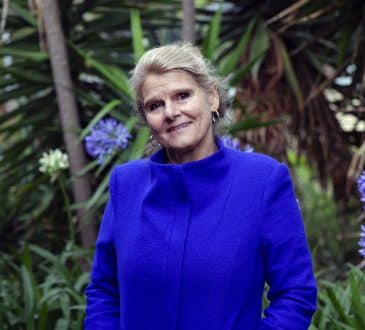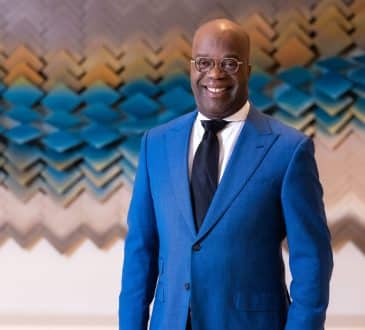Why we need to fight our addiction to acronyms

While initialisms are found on ancient Roman coins, acronyms didn’t start to appear until the 20th Century. According to the New York Times Magazine the word acronym itself wasn’t coined in English until 1943. Yet, for a relatively new concept it seems like we are drowning in a sea of acronyms. No doubt this increase has been driven by the introduction of phone texting and apps like Twitter.
Why we are addicted
As acronyms become normalised in our personal lives, we are also seeing an increase of use in business. This is driven mainly by companies with guidelines such as “documents can only be two pages long” or “presentations must be four slides in length”.
Recently, I was reading a document that detailed the skills, knowledge and experience required for a particular position. But ‘skills, knowledge and experience’ had been abbreviated to SKE. It may take fewer key strokes but the communicator is putting all the onus and hard work on the reader to interpret the abbreviation.
The benefits
One of the main reasons we create acronyms is to make communication efficient and easier. For example, most people would refer to an automatic teller machine as an ATM and personal identification number as PIN. About 30 years ago these were relatively new but today they are part of our everyday language.
Acronyms can eventually cross over into being considered real words. Take Scuba (self-contained underwater breathing apparatus) for example, which entered the Oxford English Dictionary back in 1952. No doubt, examples like scuba and ATM have made communicating more efficient.
The consequences
However, the consequences of using acronyms unnecessarily can be inefficient communication or worse, miscommunication.
Not long ago, I received an email from my financial planner about my investment and she mentioned BPS. Not knowing what it was I asked for clarification and was advised it meant basis points. The result of this unnecessary use of an acronym resulted in two more emails being sent, which left me feeling a little bit foolish for not knowing
Miscommunication is also common because for every acronym there can be multiple meanings. For example, SME – which means both Subject Matter Expert and Small to Medium Enterprise, or AI which stands for Artificial Intelligence as well as Augmented intelligence.
How we can fight it
The first step to fight our addiction is to be aware of the consequences and push back on the default of always reducing phrases to acronyms.
For example, a client who had moved to a new company was reading a 10-page report. The last page contained a list of all the acronyms in the report that she had to keep referring to. In an attempt to role model the unnecessary use of acronyms, she asked for the report to be rewritten. She requested that it should not include any acronyms and therefore eliminate the need for the last page. The report ended up being the same length but much easier for the reader to understand.
If you are only using the term a few times over the whole report, you do not need to reduce it to an acronym. It makes it harder for the person you are communicating with to understand. The same applies for verbal communication as well as written.
When you use unnecessary acronyms you are putting all the onus and hard work on the reader to interpret what you are communicating. They can be very efficient if everyone understands what they mean. However, in most cases, unnecessary acronyms will lead to your communication becoming less efficient and effective. It’s time to fight against this addiction.
Written by: Gabrielle Dolan.
Have you read?
# GDP Rankings Of The World’s Largest Economies, 2019.
# Most Expensive Countries In The World To Live In, 2019.
# Countries With The Highest Average Life Expectancies In 2030.
# The World’s Best Performing Companies 2019.
# World’s Most Luxurious Hotels, 2019.
Add CEOWORLD magazine to your Google News feed.
Follow CEOWORLD magazine headlines on: Google News, LinkedIn, Twitter, and Facebook.
This report/news/ranking/statistics has been prepared only for general guidance on matters of interest and does not constitute professional advice. You should not act upon the information contained in this publication without obtaining specific professional advice. No representation or warranty (express or implied) is given as to the accuracy or completeness of the information contained in this publication, and, to the extent permitted by law, CEOWORLD magazine does not accept or assume any liability, responsibility or duty of care for any consequences of you or anyone else acting, or refraining to act, in reliance on the information contained in this publication or for any decision based on it.
Copyright 2024 The CEOWORLD magazine. All rights reserved. This material (and any extract from it) must not be copied, redistributed or placed on any website, without CEOWORLD magazine' prior written consent. For media queries, please contact: info@ceoworld.biz
SUBSCRIBE NEWSLETTER








